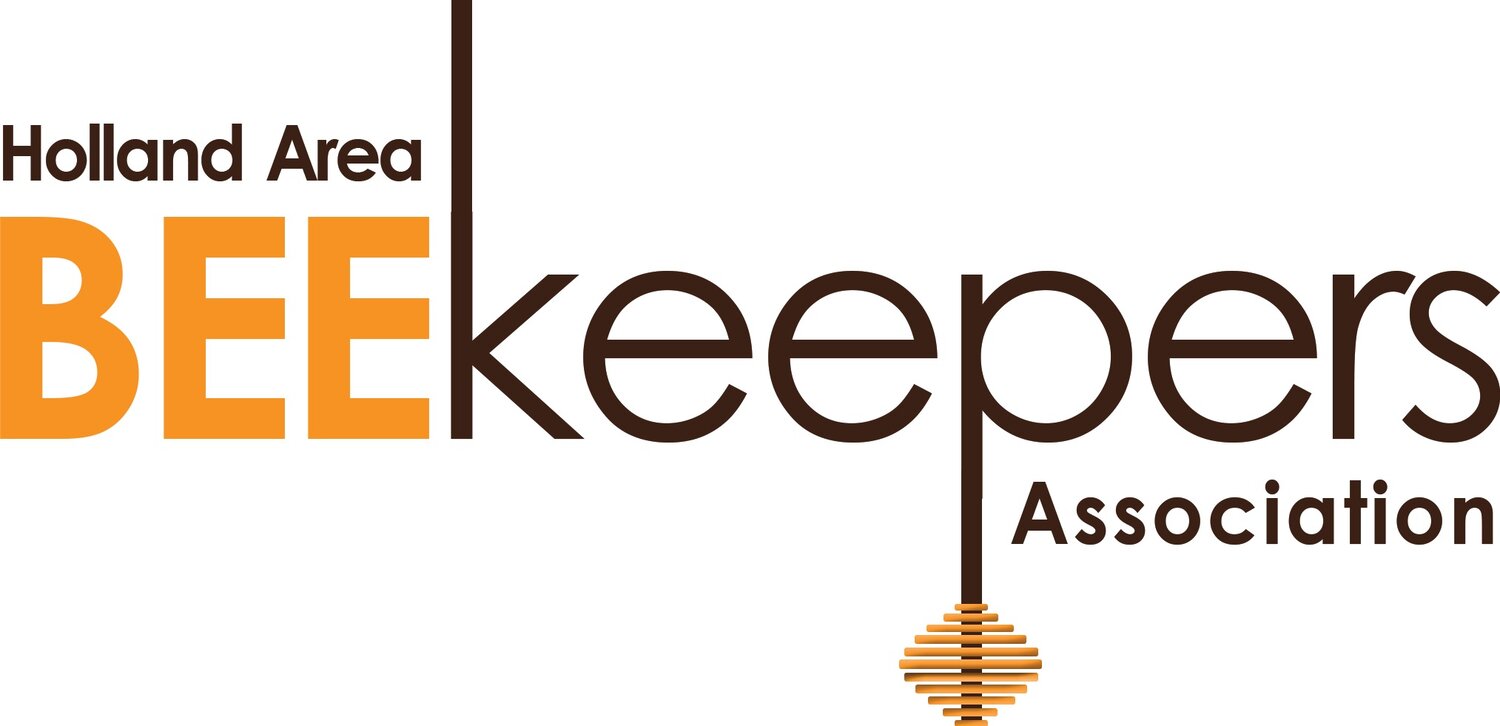
Advanced topics in beekeeping
Sustainable Beekeeping
Three part series on sustainable beekeeping by Meghan Milbrath in Bee Culture (2019)
Queen Rearing
Mel Disselkoen’s On the Spot (OTS) method of queen rearing (notching)
Read Mel’s book, OTS Queen Rearing: A Survival Guide for Beekeepers Worldwide
Grafting
Complete step-by-step video how-to on grafting from JC's Bees
For Rusty Burlew’s excellent step-by-step instructions on using a CLOAKE BOARD with explanations of why you do what, when…Click here
Read Larry Connor’s book Queen Rearing Essentials (available through inter-library loan from Michigan Electronic Library)
“I learned how to graft from Dr. Connor and the second edition of Queen Rearing Essentials has taken queen rearing for the small-scale/sideliner beekeeper to a new reachable level. No longer is queen rearing a scary, untouchable, experts only task. With new and updated information, this book is the go-to book for anyone interested in raising queens.” --Stephen J. Repasky, EAS Master Beekeeper, Pittsburgh, PA
Beekeeping as a Business
Beekeeping for Profit - 2015 article by Larry Connor published in American Bee Journal
Strategic Business Planning - published in Bee Culture, December 2016
This article in Keeping Backyard Bees covers much of what is involved in selling products of the hive.
Newly released in 2020, Bee Informed partnership’s book, Commercial Beekeeping: A Field Guide covers everything beekeepers want to know to improve their beekeeping and take their operations to the next level. It is available from most beekeeping suppliers.
Processing beeswax
This document provides detailed instructions for a pretty elaborate solar wax melter
This video demonstrates is a simple design for a DIY solar melter.
This posting takes you through the entire process on the stovetop.
This instructable provides a less messy way to render beeswax using a slow cooker and water with crockpot liners
Extracting and marketing honey
If you plan to market your honey, be aware of the Food and Dairy Division of the Michigan Department of Agriculture and Rural Development labelling requirements, contained in this document.
Migratory Beekeeping
Migratory beekeeping is the moving of colonies of bees from one locality to another during a single season to take advantage of two or more honey flows. It provides a means to boost local populations of pollinators to pollinate crops.
To understand the scope of migratory beekeeping in the U.S., read this 2013 article from Scientific American
This scholarly paper (Combing the Landscape: An Economic History of Migratory Beekeeping in the United States) opens with a detailed description of migratory beekeeping and includes a comprehensive history of the practice in the U.S.
Honey bees on the move : Pollination services and honey production (USDA) looks at how travel affects pollination services, honey production, and colony loss.
If you are serious about outfitting your business and apiary to provide pollination services, this post from Pollenity (Commercial Beekeeping : First Steps) will open your eyes to what you will be getting yourself into.
There are plenty of articles and opinions on the impact pollination services have on honey bee health. This paper published by the National Center for Biotechnology Information (NCBI) reports on a manipulative experiment to test whether viral pathogen and parasite loads increase as a result of colonies being transported for pollination of a major US crop, California almonds. The article provides additional citations for further study.



